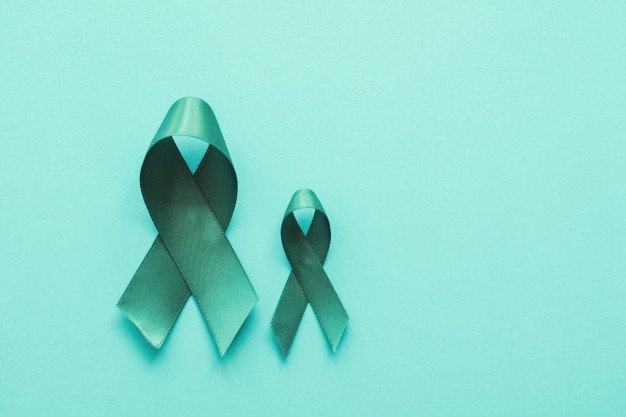CBD – the health supplement everyone and their dog is taking. Literally, you can get it for dogs too. People have been swearing by its properties for years now, and it makes sense too. It isn’t a cure-all, but it does have such a wide range of benefits that it is hard to dismiss it as snake oil. You can take it, tea, healthy capsules, water, ice tea, food, and more.
Unlike THC, CBD cannot get you high – which is a thing that many people still think. It is simply an extract from either the hemp plant or a marijuana plant. So those who are looking to improve their lifestyle or reduce pain have been looking to CBD to help.
It doesn’t have any mind-altering properties and isn’t addictive, unlike some pharmaceutical drugs.
How it is made?
Well, most often, CBD oil is made by extracting CBD from cannabis or hemp plants and diluting it with a carrier oil like hemp seed oil or coconut oil.
What Are The Benefits?
Anxiety
If you suffer from anxiety and/or depression, you have probably been tempted to try CBD so many times. But of course, the worry is that it will set off an attack, or you won’t be able to find the motivation to do things. Fortunately, CBD doesn’t work like that. We have a system called the endocannabinoid system, and that deals with a range of things. From sleep to mood regulation. CBD works with your system to help you maintain a better mood balance and reduce anxiety too. There are no side effects when taking CBD for anxiety and depression, which gives them the edge over more typical prescribed drugs. It is suggested that a daily 300mg dose is ideal to start helping depression and anxiety.
Pain
The big one that can impact all areas of life – is pain. Lupus, MS, Cancer, and other long-term chronic pain illnesses have their life affected daily. Pain can reduce the amount of rest they get, the ability to concentrate, and general life enjoyment. CBD works with the body’s own pain receptors, reduces inflammation (often the cause of the pain), and interacts with the neurotransmitters.
There are many countries that have approved the use of CBD and THC spray to help treat the pain related to MS and arthritis.
It is worth noting that marijuana has been used since 2900 BC for treating pain.
Sleep
Almost all areas of life can be improved when you sleep better. But sleeping can be somewhat challenging to get when you are in pain or feeling anxious. So you might say that the benefits here are multiple. If you take a large dose of CBD in tea, oil, or a capsule a short while before you intend to sleep, you should drift off much easier. Combine that with something like a sleep story from the Calm app or Headspace for extra sleepy vibes. Smaller doses taken during the day will serve you in two ways – one is that the smaller dosing is microdosing designed to keep you sharp and reduce anxiety and pain, the other is it will keep your endocannabinoid system topped up and functioning at a better capacity. When that happens, your circadian rhythm is supported, and dropping off to sleep happens much more quickly.
Calm
If you don’t have an illness or anxiety and really just want to have a bit of peace, the CBD will work for you too. Because of the extensive amount of areas that CBD functions on once you take it regularly, you are likely to benefit from positive effects anyway. Being more relaxed, noticing that maybe you did have a little bit of stress, more productive at work, sleeping better, and generally functioning as you had hoped. Busy Phillips has been quoted as using CBD and THC gummies to help with her anxiety.
Acne
While some people grow out of acne, for some, it never leaves. And it can be pretty disheartening. CBD has been trialed on acne with positive results. The anti-inflammatory properties can help the skin to reduce sebum production. With less sebum being produced, there will be less redness and spots. There are more studies looking into this, but the results of tests done so far have been promising.
Topical Use
If you aren’t comfortable ingesting CBD, you can use it topically like you would with any other painkilling gels. CBD can work locally to reduce pain and swelling, and in fact, Mandy Moore uses CBD oil on her feet to reduce the pain from high heels.
Overall, with a little bit of research, you can find a CBD product that will work for you.
Read Also:






















